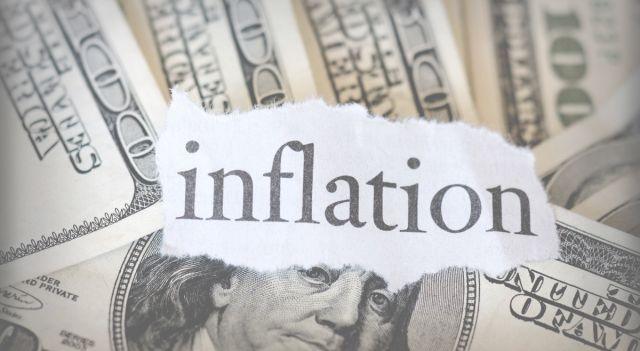The major U.S. index futures are currently pointing to a sharply lower open on Wednesday, with stocks likely to come under pressure after ending yesterday’s choppy trading session narrowly mixed.
The futures plunged following the release of a closely watched Labor Department report showing consumer prices in the U.S. increased by more than expected in the month of January.
The Labor Department said its consumer price index advanced by 0.5 percent in January after climbing by 0.4 percent in December. Economists had expected consumer prices to rise by 0.3 percent.
The report also said the annual rate of consumer price growth accelerated to 3.0 percent in January from 2.9 percent in December, while economists had expected the pace of growth to remain unchanged.
The bigger than expected monthly increase by consumer prices partly reflected a continued surge by energy prices, which shot up by 1.1 percent in January after spiking by 2.4 percent in December.
Excluding the jump by energy prices as well as a 0.4 percent increase by food prices, core consumer prices rose by 0.4 percent in January after inching up by 0.2 percent in December. Core prices were expected to increase by 0.3 percent.
The annual rate of core consumer price growth also ticked up to 3.3 percent in January from 3.2 percent in December. Economists had expected the pace of growth to slow to 3.1 percent.
The hotter than expected inflation data is likely to increase speculation the Federal Reserve will leave interest rates on hold for a prolonged period.
Fed Chair Jerome Powell noted during his congressional testimony on Tuesday that the central bank can “maintain policy restraint for longer” if inflation does not continue to move sustainably toward 2 percent.
Following the rebound seen during Monday’s session, stocks fluctuated over the course of the trading day on Tuesday. The major averages swung back and forth across the unchanged line as the day progressed before eventually closing narrowly mixed.
While the Nasdaq fell 70.41 points or 0.4 percent to 19,643.86, the S&P 500 crept up 2.06 points or less than a tenth of a percent to 6,068.50 and the Dow rose 123.24 points or 0.3 percent to 44,593.65.
The choppy trading on Wall Street came as traders digested congressional testimony by Federal Reserve Chair Jerome Powell, who told the Senate Banking Committee the central bank does “not need to be in a hurry” to adjust its policy stance.
Powell noted interest rates have been lowered by a full percentage point since last September, describing the Fed’s current policy stance as “significantly less restrictive than it had been.”
“We know that reducing policy restraint too fast or too much could hinder progress on inflation,” Powell said. “At the same time, reducing policy restraint too slowly or too little could unduly weaken economic activity and employment.”
Powell also suggested the Fed has options in determining the future path for rates depending on how the economy evolves.
“If the economy remains strong and inflation does not continue to move sustainably toward 2 percent, we can maintain policy restraint for longer,” Powell said. If the labor market were to weaken unexpectedly or inflation were to fall more quickly than anticipated, we can ease policy accordingly.”
He continued, “We are attentive to the risks to both sides of our dual mandate, and policy is well positioned to deal with the risks and uncertainties that we face.”
Stocks moved to the downside in early trading amid lingering concerns about a global trade war after President Donald Trump officially announced tariffs on U.S. steel and aluminum imports.
A statement from the White House said Trump is reinstating a 25 percent tariff on steel imports and increasing tariffs on aluminum imports to 25 percent.
Networking and computer hardware stocks saw considerable weakness on the day, contributing to the decrease by the tech-heavy Nasdaq.
Significant weakness was also visible among airline stocks, as reflected by the 2.1 percent slump by the NYSE Arca Airline Index.
Gold and biotechnology stocks also showed notable moves to the downside, while oil producer stocks moved higher along with the price of crude oil.
U.S Index Futures Trading – Taking the first steps with Plus500
Beginning your futures trading journey requires careful preparation. Start by opening a Plus500 account with their minimum $100 deposit — qualifying for their initial bonus program.
Spend time in the demo environment, understanding how futures contracts behave and how the platform’s tools can support your strategy.
As you develop confidence, consider starting with micro contracts, which offer smaller position sizes ideal for learning position management.
Plus500’s educational resources can guide you through this process, helping you understand both basic concepts and advanced trading strategies.
Start your futures trading journey with Plus500 today
Trading futures carries substantial risk of loss and is not suitable for all investors. Plus500US Financial Services LLC is registered with the CFTC and member of the NFA. Past performance does not guarantee future results. Bonus terms and conditions apply.
